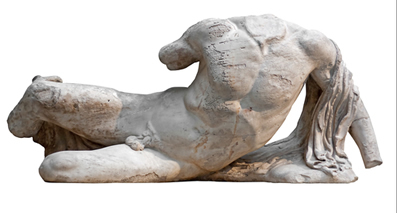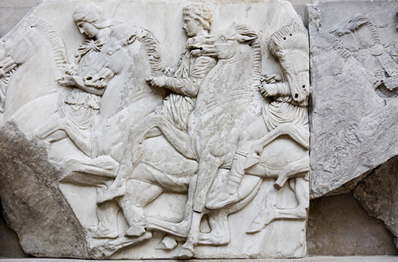A controversy surrounds the permanence of the Parthenon marbles in the British Museum, in London. Greek authorities have been trying for years to bring the pieces back to Greek soil. These pieces were taken from the Parthenon by Lord Elgin in the early 19th century, being later sold to the British Museum and since then exhibited in the British capital.
Lord Elgin managed to remove the marble pieces from the Greek temple when he was a British diplomat in the Ottoman Empire, when Greece was part of the Empire at the time.

The Parthenon had many uses after the decline of Greek civilization in antiquity. It served as an Orthodox Christian temple and later as a mosque. In 1687, it was the target of bombardment by Venetian ships, which were in battle against the Turks who dominated Athens. As it was also used at that time as a powder magazine, it was severely damaged when hit by a cannonball.
The Parthenon was built around the 5th century BC. a., during the government of Pericles, and comprises of an architectural complex built in the Greek city during its heyday. Marbles were part of the frieze, metopes and sculptures that made up the Parthenon. The images depicted scenes from a procession made in honor of the goddess Athena. The friezes, carved in low relief, stretched about 160 meters around the temple.
The author of some of these works of art is credited to the Greek sculptor Phidias, although it is not clear how his participation really was. What is known for sure is that there is an intense dispute between the Greeks and the British for the possession of works of art.

Representation of Greek Knights
By Tales Pinto
Graduated in History
Source: Brazil School - https://brasilescola.uol.com.br/historiag/marmores-parthenon-ou-elgin.htm


